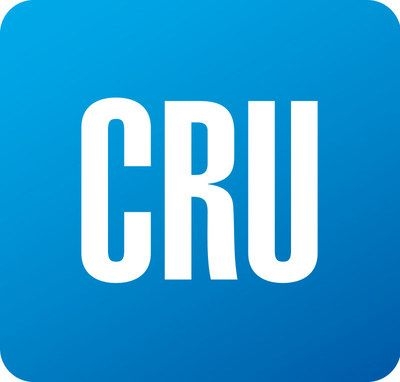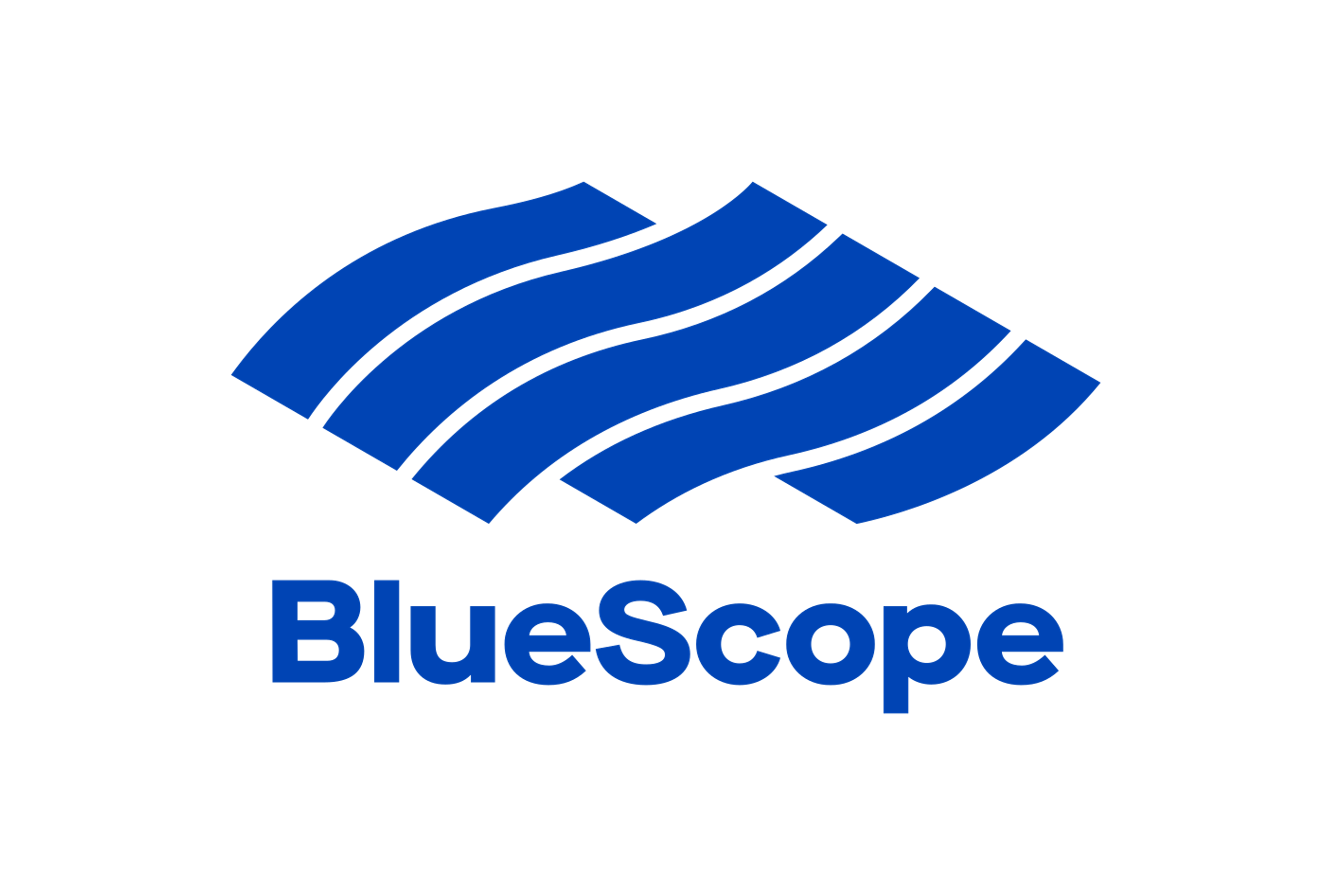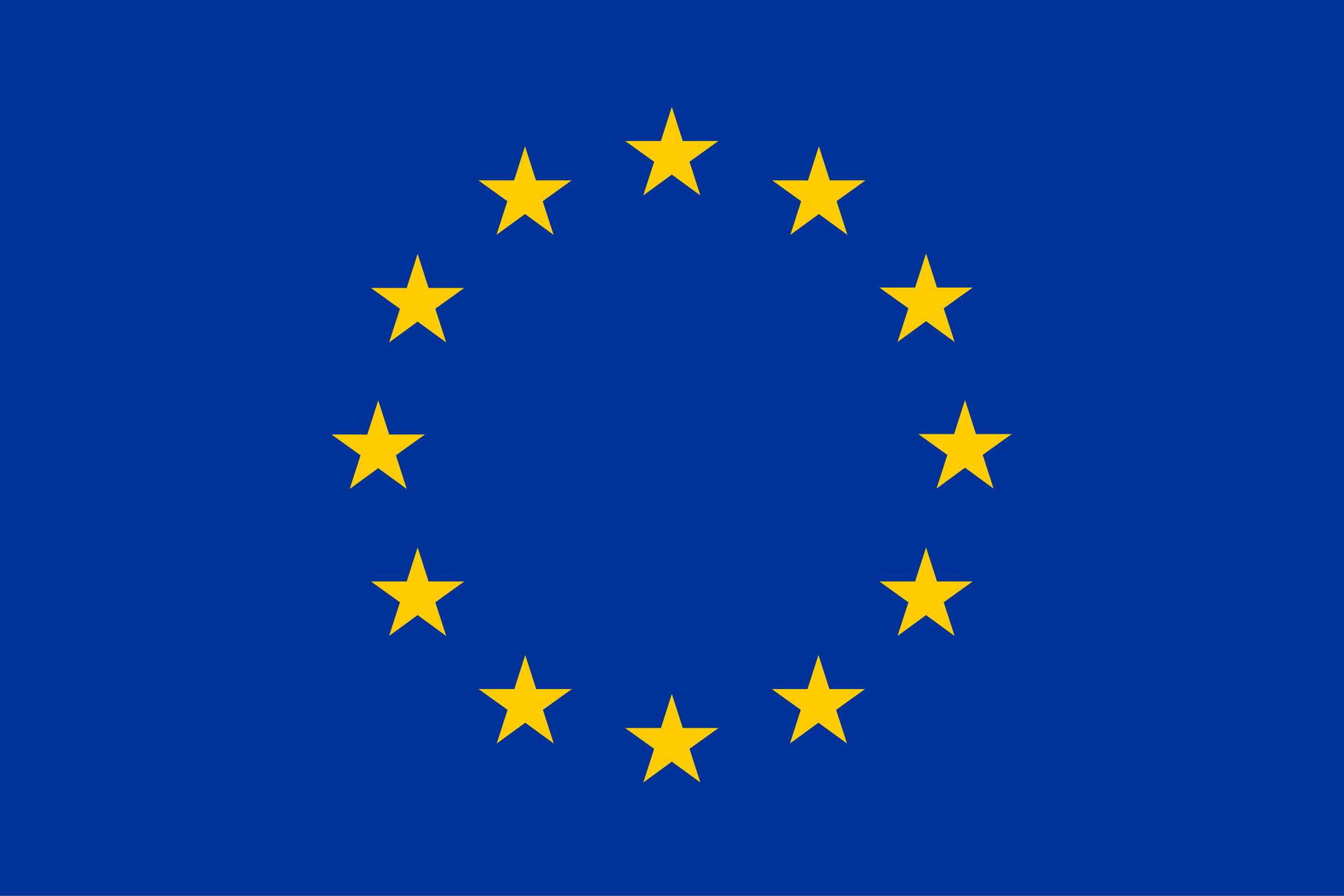Overseas

August 21, 2020
CRU: U.S. Prices Find Bottom in Uncertain Trade Environment
Written by Estelle Tran
By CRU Prices Analyst Estelle Tran, from CRU’s Global Steel Trade Service
U.S. sheet steel prices hit their lowest point of the year on Aug. 12 and are slated to rise as steel consumption has been increasing. Steel mill capacity utilization reached 61.5 percent in the week ended Aug. 15, up from 60.4 percent the week before, according to the American Iron and Steel Institute. Despite concerns about whether there is enough steel demand to support the restarted blast furnaces, buyer sentiment has turned cautiously optimistic as shipments have increased, mill lead times have extended to late September and early October, and scrap prices are trending up for September’s scrap buy.
The slowdown caused by Covid-19 caused U.S. HR coil prices to fall below global prices, keeping imports unattractive. H1 HR coil imports are down 11 percent to 745kt, according to Census Bureau data. HR coil prices, however, have already risen $13 /s.ton from the recent low and are poised to continue to increase. Steel prices may be bolstered further if President Trump chooses to escalate the trade war with Canada and impose trade restrictions on steel. On Aug. 6, Trump reinstated the 10 percent tariff on imports of Canadian non-alloy aluminum on the grounds of national security, effective Aug. 16, and Canada has already announced plans to impose $3.6bn in countermeasures on aluminum products, washing machines, refrigerators, and other products.
Subscribers may read an analysis of how renewed S232 tariffs will impact U.S. aluminum pricing and trade here.
Canada is the top exporter to the U.S. for the major flat rolled products. In H1 2020, Canada shipped 60 percent of total U.S. HR coil imports (444kt); 38 percent of HDG sheet and strip (371kt); 71 percent of coiled plate (275kt); and 36 percent of CR coil (207kt).
Though resumed steel tariffs against Canada remain speculation for now, the Trump administration’s continued efforts to reduce Brazil’s export quotas for semifinished steel have prompted the president of Brazil’s steel association to speak out against the threats. U.S. re-rollers have adapted to the S232 environment buying only 3.5Mt of tariff-free slabs from Brazil annually, which was 70 percent of the 2015-2017 average, while supplementing with tariff-free slabs from NAFTA partners as well as slabs from Russia and other countries with a 25 percent tariff. Further reductions to Brazil’s slab quota would further constrain the slab-short market and support sheet prices.
Request more information about this topic.
Learn more about CRU’s services at www.crugroup.com







